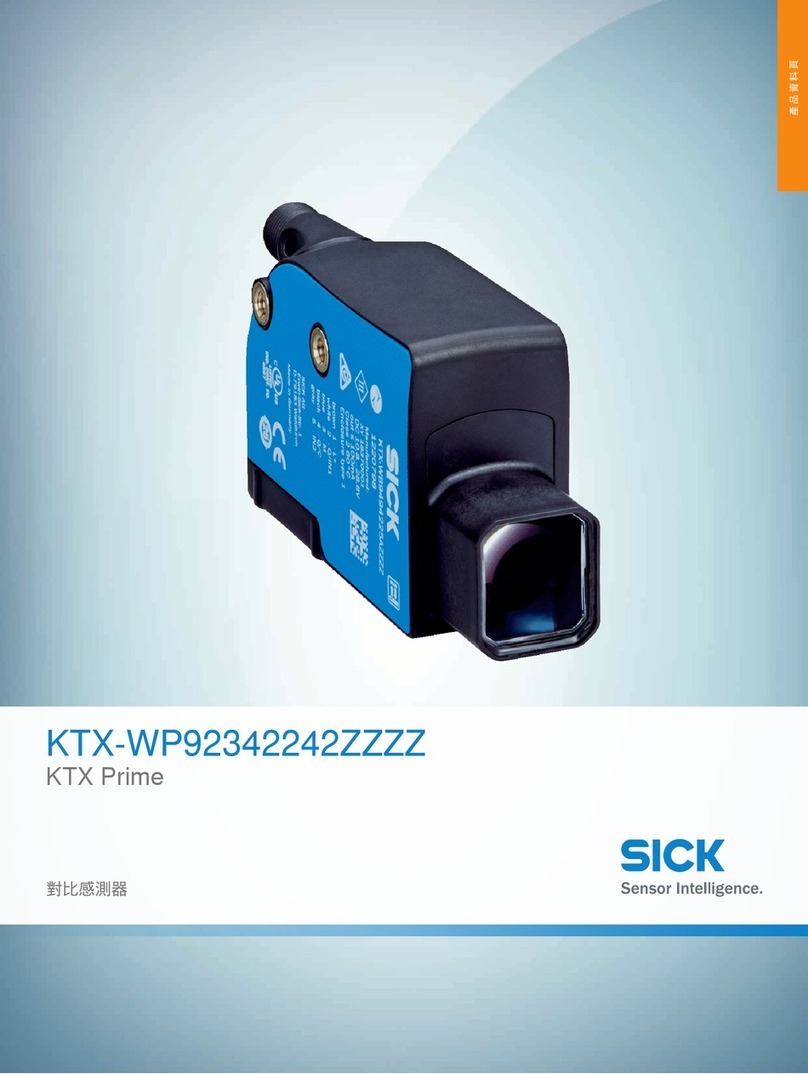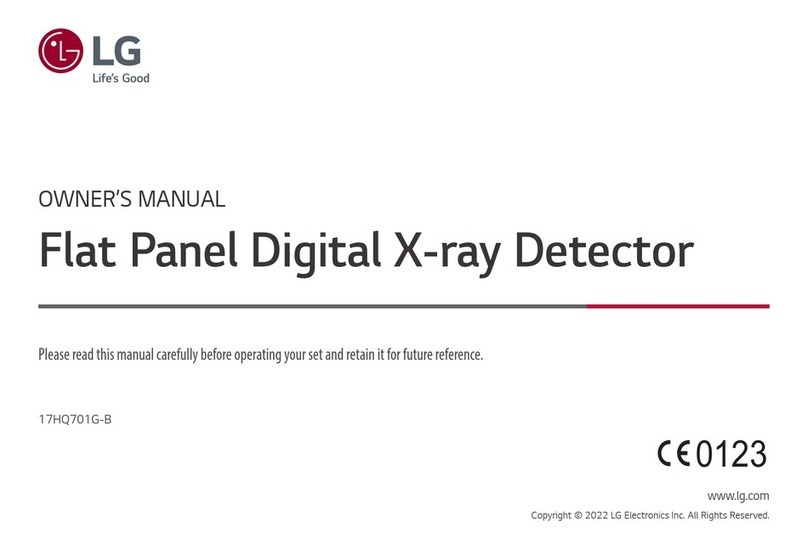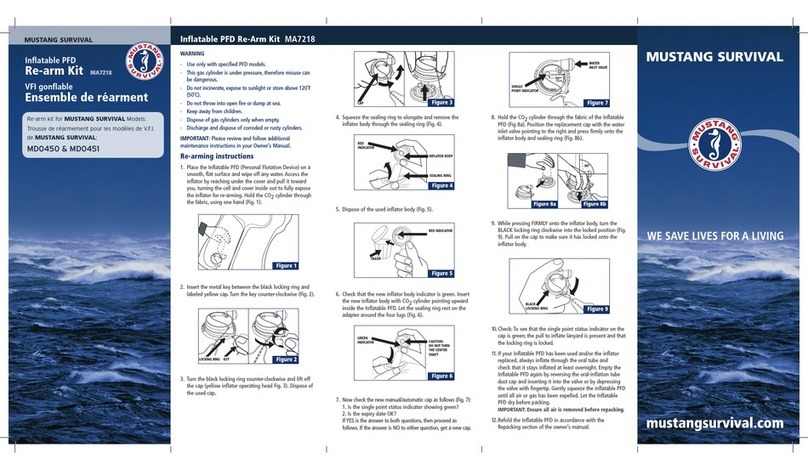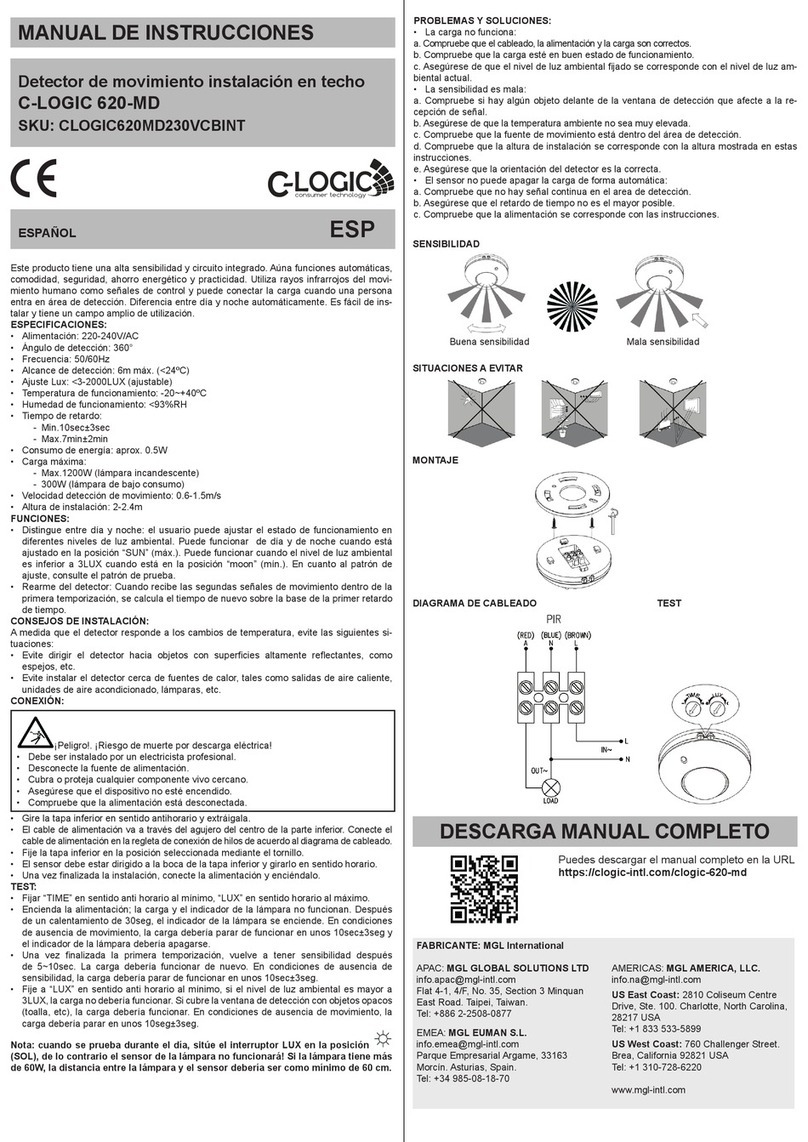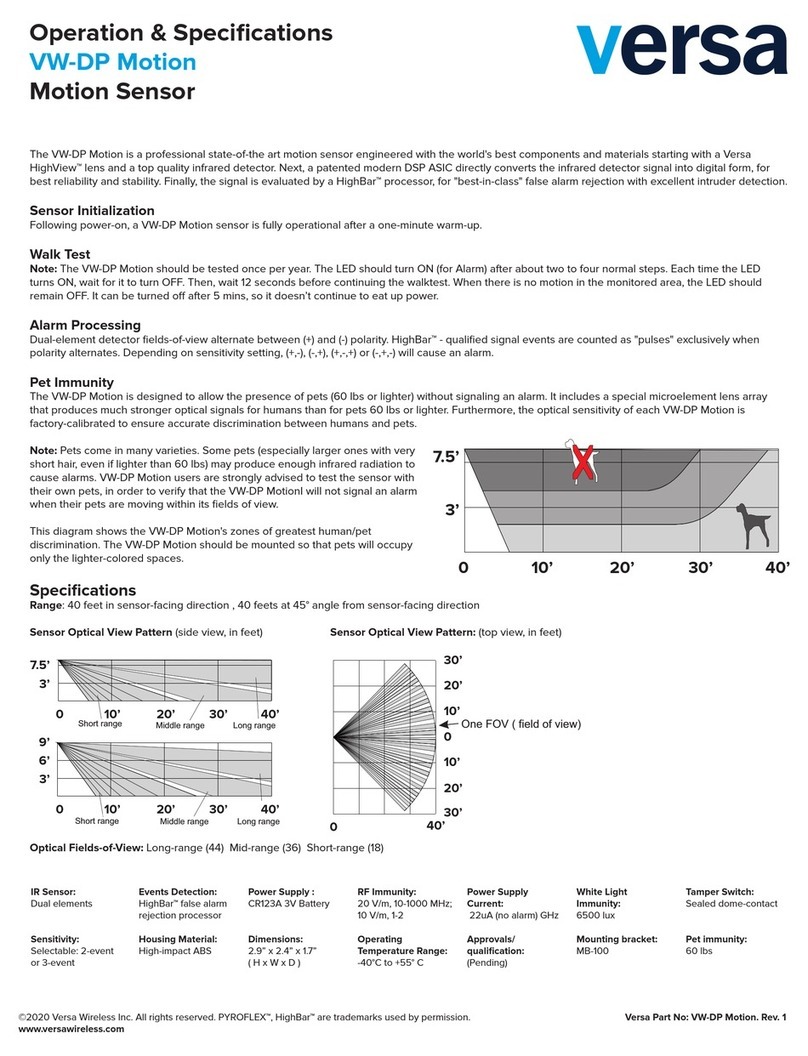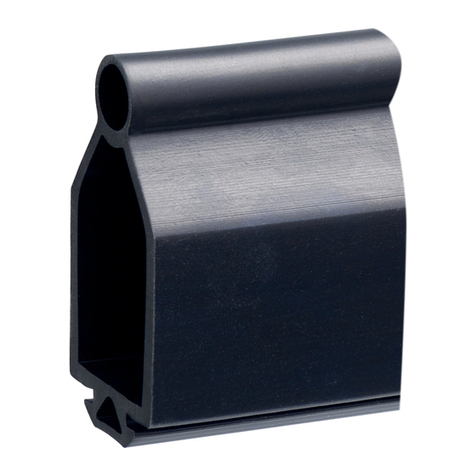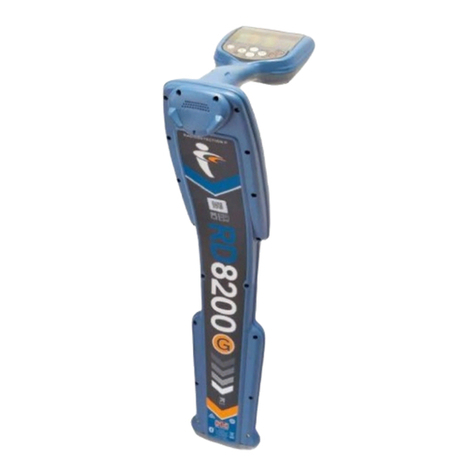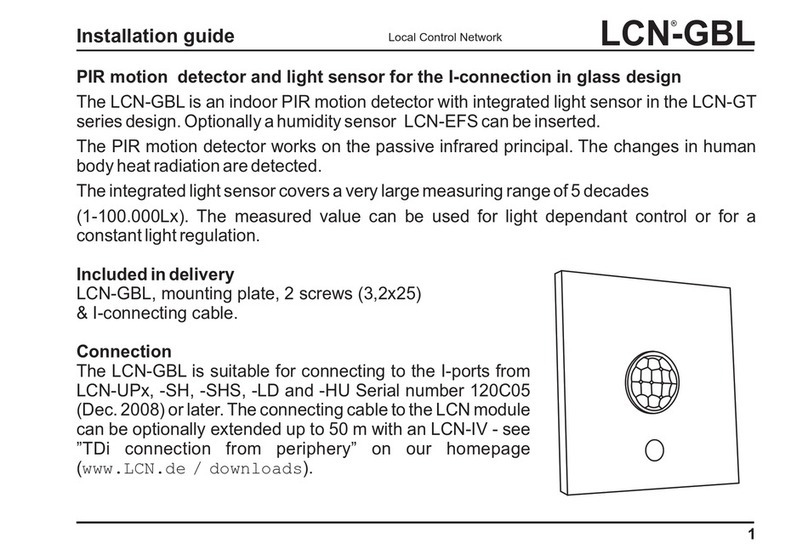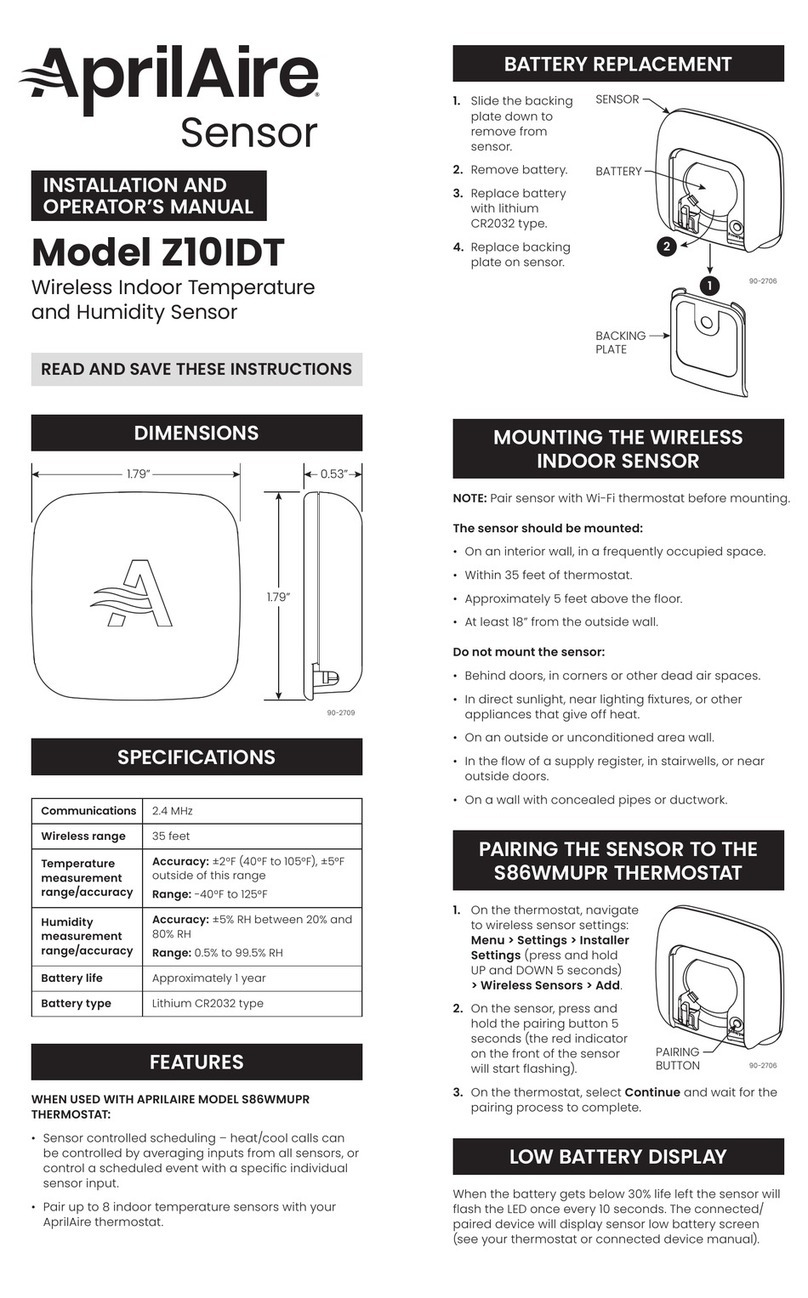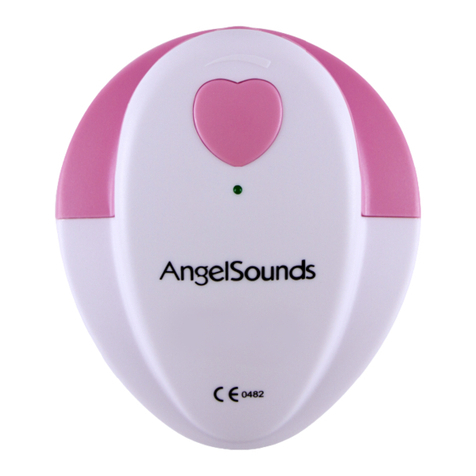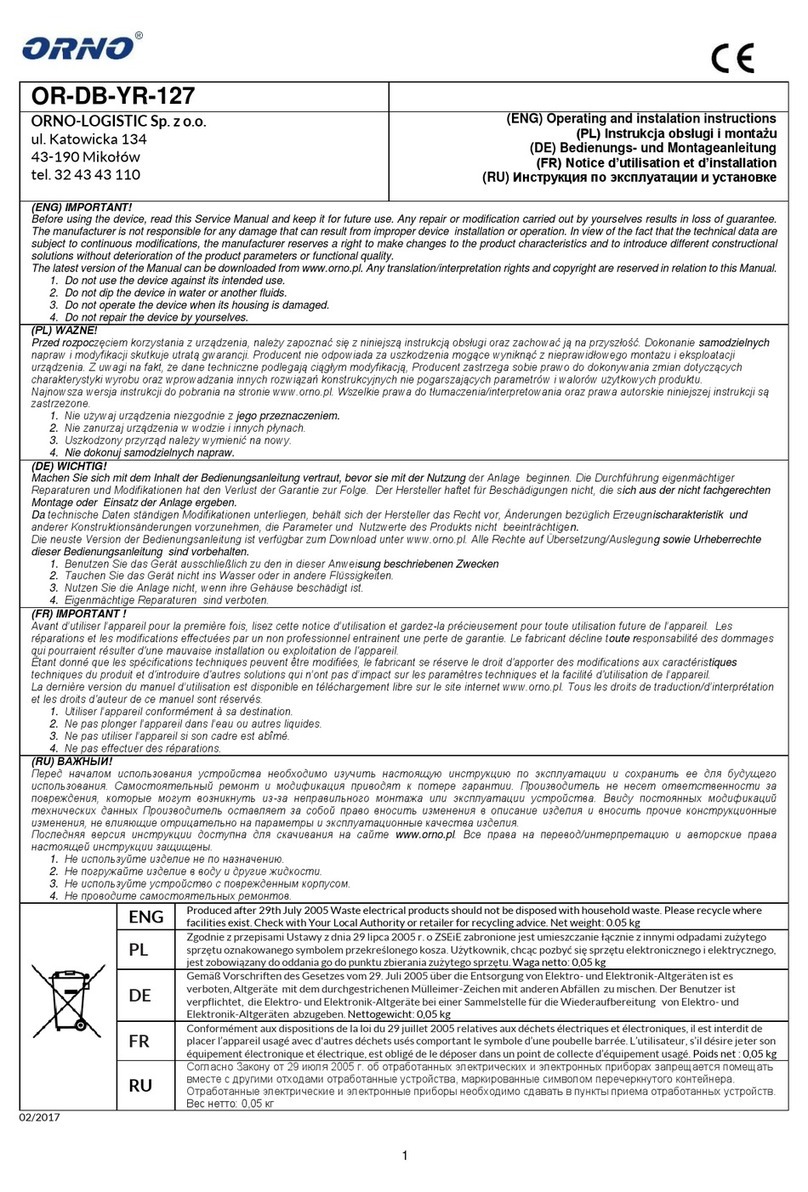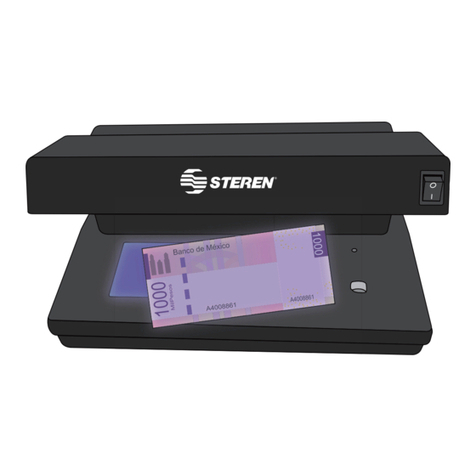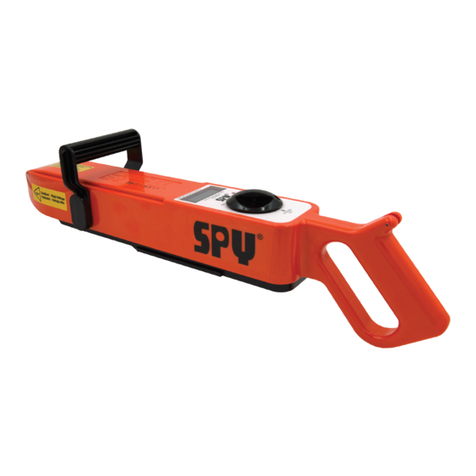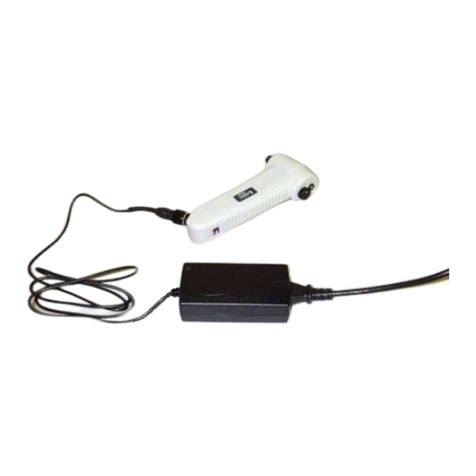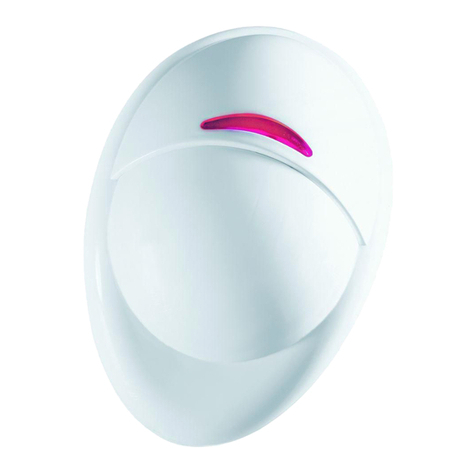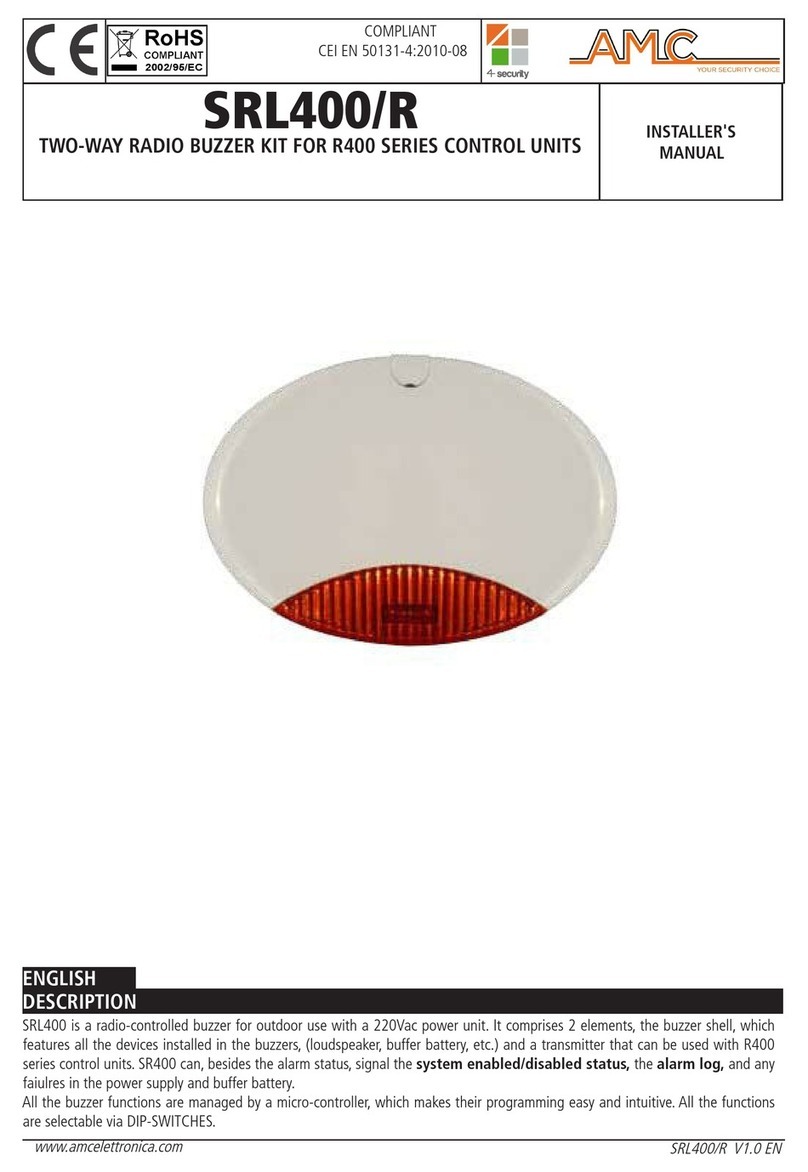Geotechnics MiniRAE 3000 User manual

Quick Start Guide for the MiniRAE 3000 (PID)
This document serves as a quick reference guide and is not intended to
replace the user manual. It is recommended to consult the user manual
for more detail.
1. About the MiniRAE3000
The MiniRAE 3000 is a Photoionization detector (PID) which measures
volatile organic compounds in the range of 0 – 15,000 ppm. The PID is
commonly used to screen for the presence of Volatile Organic Compounds
(VOCs) and the built-in pump allows sampling from potential dangerous
areas, up to 30 m away.
2. Turning the PID on
a. Attach a water trap filter to the tip of the probe by pushing the
plastic opening of the filter onto the metal probe tip of the PID.
This equiment should never be used without a water trap filter.
b. The MiniRAE3000 (PID) has the following 3 buttons (from left to
right) under the screen and a circular flash light button.
• Y/+
• MODE
• N/-
c. Press and hold down the ‘MODE’ button until a beep sound is heard.
The PID will run through its start-up sequence.
3. Zero Gas/Fresh Air Calibration
a. Carry out a zero gas/fresh air calibration in a known atmosphere
free of toxic or combustible gas.
b. When prompted during start-up to ’apply zero gas’, press the
‘Y/+’ button.
4. Normal Operation/Home Screen
a. The home screen should display 0.0 ppm.
b. The unit is now measuring and ready to use.
5. Turning the PID off
a. Press and hold the ‘MODE’ button to start the shutdown sequence.
b. A long beep will follow the shutdown sequence and the unit will
turn off.
MiniRAE 3000 (PID) Quick Start Guide
Author: Jordan Widodo Version 1.0: 27/09/2017
Page 1 of 4

6. Alarms
The unit has audible and visual alarms set to trigger at specified
concentrations. STEL is the short-term exposure limit and TWA is the
time-weighted average. The alarm levels are outlined in the table below:
6.1 Testing the Alarms
a. On the ‘Home’ screen, press and hold the ‘Y/+’ button to
activate the audible and visual alarm.
b. Release the button to stop the test.
7. Tips
7.1 Pump/Flow Integrity Test
a. Place finger over the metal tip of the water trap filter. The
PID will go into flow fail and pump will stop, activating the
visual and audible alarms.
b. Press the ‘Y/+’ button to restart the pump and reset the alarm.
7.2 Flash light
a. Press the circular light button below the ‘MODE’ button to
turn on the flash light.
b. Press the light button again to turn the flash light off.
7.3 Testing the VOC sensor
a. Expose the writing tip of a felt-tip sharpie and hold close to
the watertrap filter inlet without touching it.
b. Observe the readings rise.
c. Place the cap over the sharpie and the readings should fall.
Wait for readings to stabilise at close to zero before use.
8. How the PID operates
The PID is fitted with a standard lamp with an energy rating of 10.6 eV.
9.8 and 11.7 eV counterparts are available, but the 10.6 lamp is commonly
used for its durability and broad detection range of common compounds.
Sensor HIGH LOW STEL TWA
VOC ppb (ppm) 100,000 (100) 50,000 (50) 10,000 (10) 25,000 (25)
MiniRAE 3000 (PID) Quick Start Guide
Author: Jordan Widodo Version 1.0: 27/09/2017
Page 2 of 4
CONTACT US
0508 223 444 hire@geotechnics.co.nz www.geotechnics.co.nz

e-
+
Cathode
Anode
Sample Gas Flow
Salt Crystal
Window
Glass Wall
VOC Molecule
Air Molecule
Key
Figure 1.
The energy rating relates to the ionisation energy which is required to ionise a
compound (i.e. to eject an electron from a molecule). The internal pump draws
the gas or vapour sample in front of the PID lamp (figure 1). Here, the sample
is ionised with a UV light source ejecting electron(s) and forming positively
charged molecules that are drawn to the anode and cathode respectively.
The resulting current is measured and the amount is proportional to the vapour
or gas concentration. In theory, any compound with an ionisation energy less
than the lamp energy can be detected. This means the 11.7 eV lamp can detect
all compounds that the 9.8 and 10.6 eV lamps can, but not vice versa. However,
the 11.7 eV lamp has a much shorter lifetime and requires more maintenance.
The 9.8 eV lamp is more selective, since it is limited to compounds with low
ionisation energies.
9. Calibration and correction factors
Isobutylene (IBE) in the 100 ppm concentration is commonly used to calibrate
the PID since it is readily available and has a low toxicity.
Theoretically, if the instrument is able to be zeroed perfectly and the response
is perfectly linear, the concentration of calibration gas is not important. In
practice, this is relatively true for using Isobutylene in the 100 – 2,000 ppm
concentration since the response is quite linear at low-concentrations. It is
important to note that calibrating a PID to any gas does not make it selective
to only that gas. The PID will respond to all gases that the lamp can ionise
and will give readings equivalent to the calibration gas.
MiniRAE 3000 (PID) Quick Start Guide
Author: Jordan Widodo Version 1.0: 27/09/2017
Page 3 of 4

CONTACT US
0508 223 444 www.geotechnics.co.nz
hire@geotechnics.co.nz
Correction factors have been developed for this purpose to obtain readings
in the units of the compound of interest. For example, the correction factor
for Benzene (in relation to Isobutylene) is 0.53, thus in a Benzene-laden
atmosphere a readout of 75 ppm is actually 39.75 ppm Benzene;
75 ppm (IBE) x 0.53 = 39.75 Benzene.
10. Troubleshooting
Symptom Possible Cause(s) Recommended actions
1. Cannot turn on Flat/Defective
battery 1. Disconnect and re-connect
battery pack
2. Charge the lithium-ion
batteries
3. Use the alkaline battery pack
2. Abnormally high
readings after
turning on at Home
screen
Dirty water-trap filter
Incorrect calibration
gas
1. Replace water-trap filter
2. Dry-out sensor module (silver
cap with black probe inlet)
3. Return to Geotechnics to
recalibrate
3. Alarms are activated
at Home screen
Pump icon is
flashing
Pump flow failed/
blocked
1. Turn unit off
2. Replace water-trap filter, turn on
3. Check if inlet probe is blocked
4. ‘NEG’ flashing Current atmosphere is
‘cleaner’ than fresh air
calibration
1. Turn unit off and on again, re-do
fresh air calibration
5. Battery icon flashing Low battery 1. Charge battery or replace with
alkaline battery pack
6. Lamp flashing PID lamp failure 1. Turn unit off & on
2. Return to Geotechnics to rectify
7. Readings not
registering
Leak in the sample
train
Pump diaphragm
damaged
1. Check flow integrity
2. Return to Geotechnics to rectify
MiniRAE 3000 (PID) Quick Start Guide
Author: Jordan Widodo Version 1.0: 27/09/2017
Page 4 of 4
